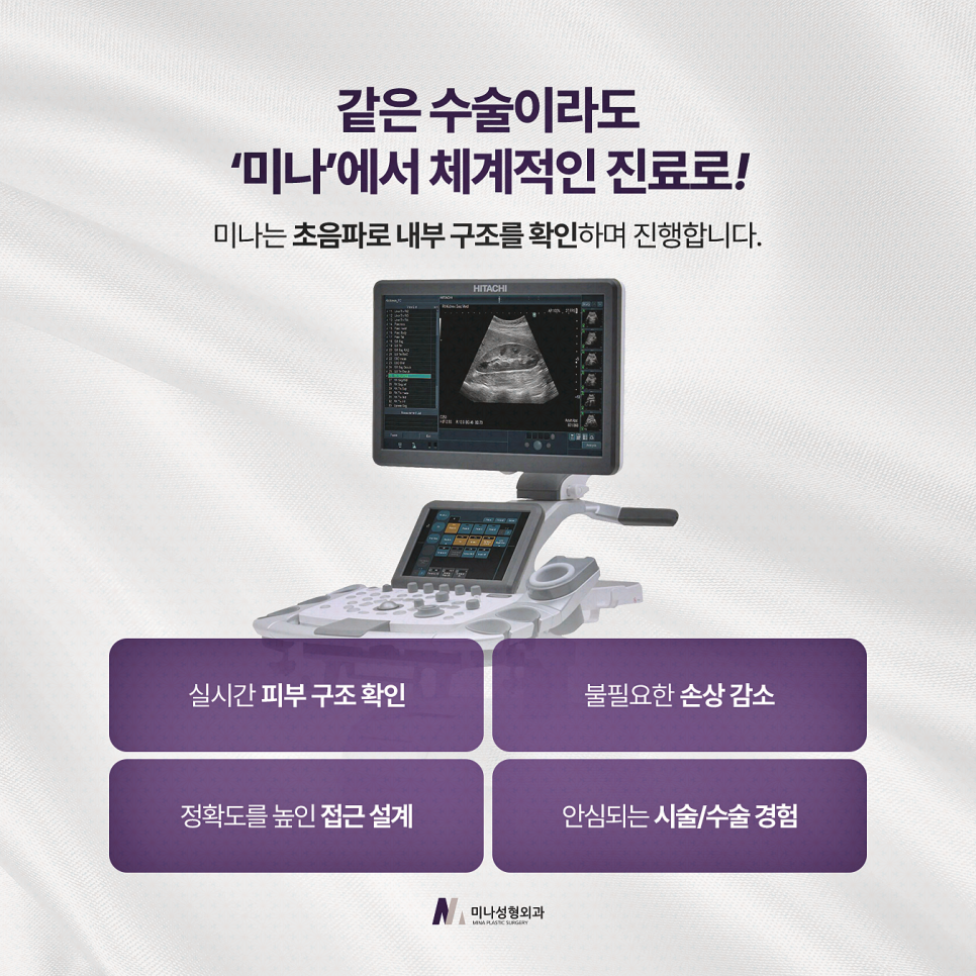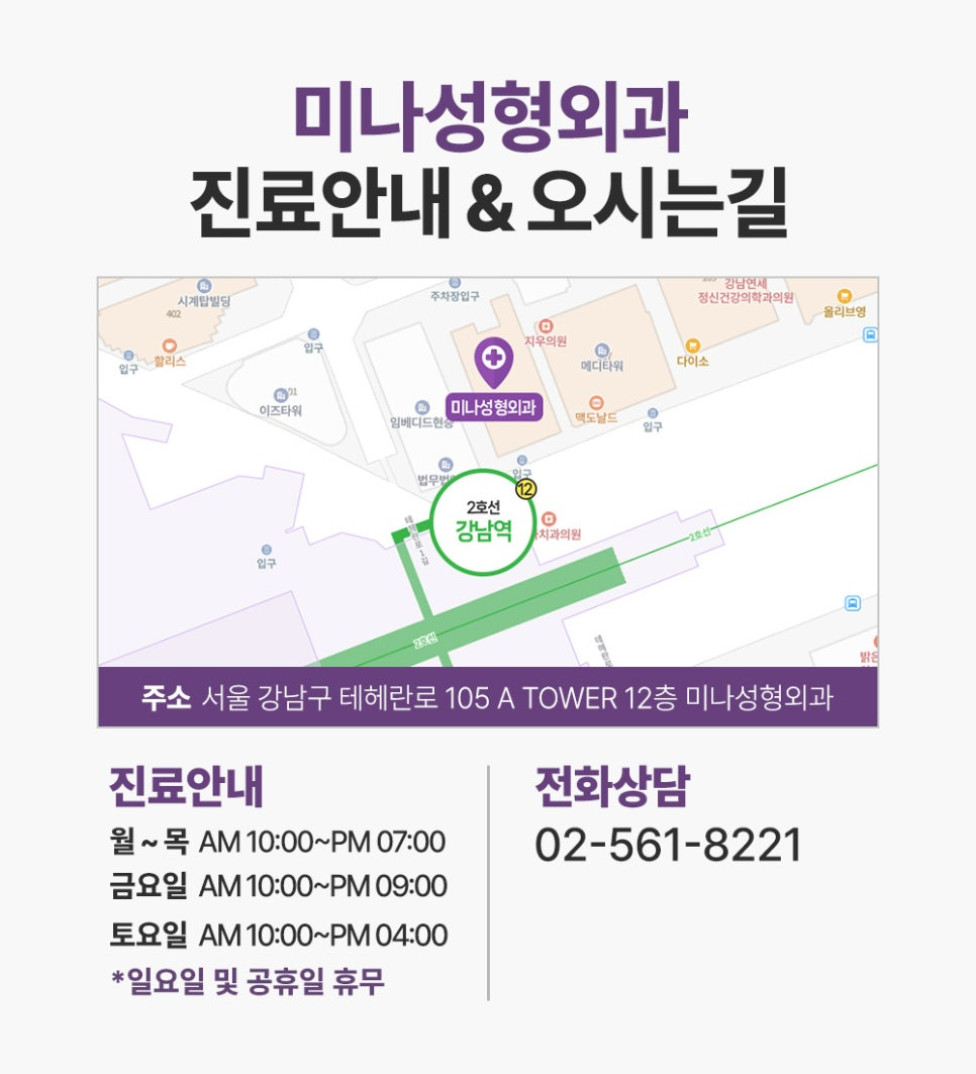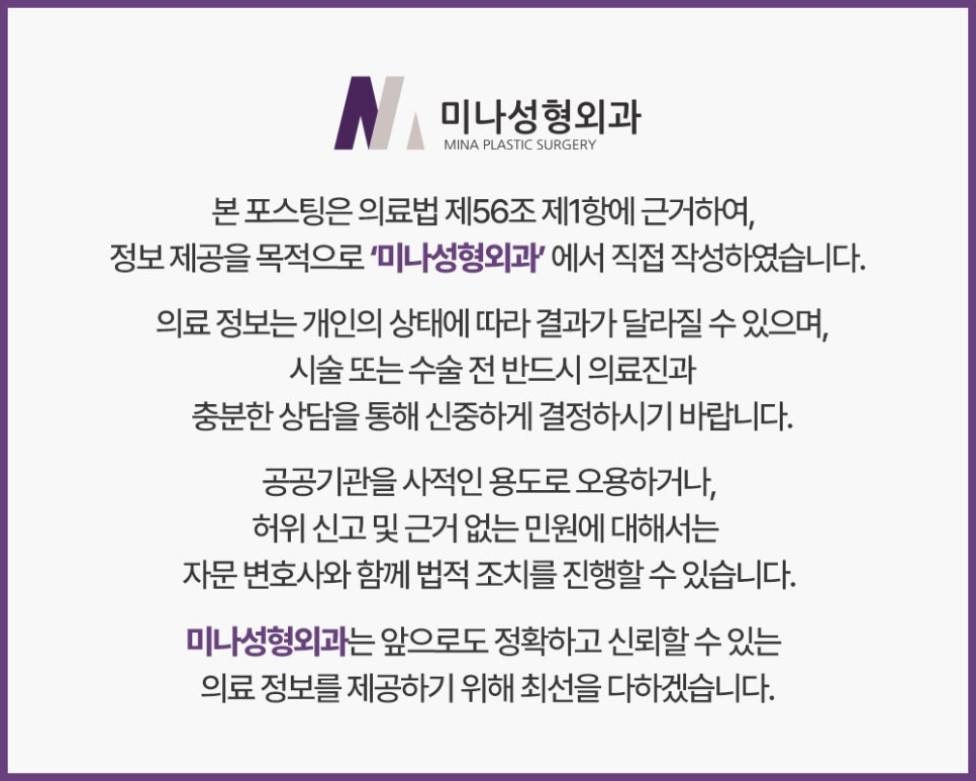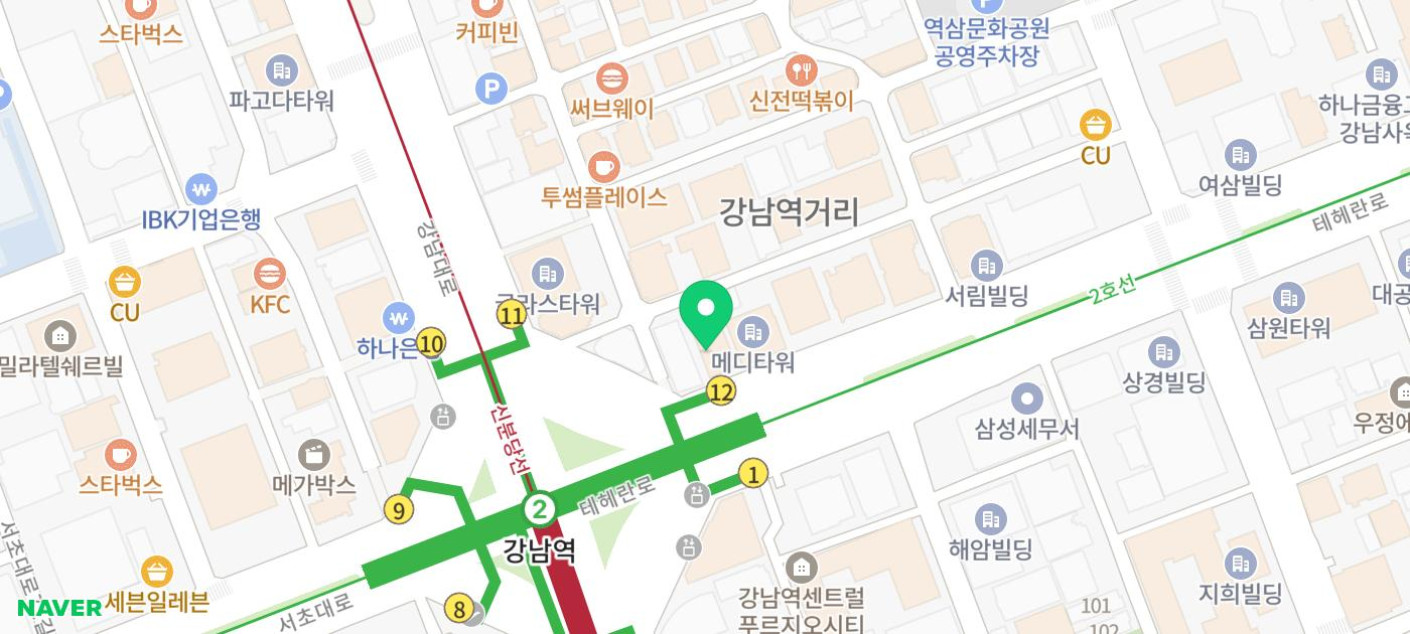Understanding Facelift Pain: A Stage-by-Stage Guide
페이지 정보
작성자 Wassup 작성일 25-11-12 01:15 조회 33 댓글 0본문
I started noticing my jawline becoming less defined every time I looked in the mirror.
My cheeks seemed to be drooping, and the corners of my mouth were slightly downturned, naturally leading me to consider a facelift.
But as I began to contemplate the decision, the first thing that crossed my mind was, "Will it be painful?"
In fact, most people think about the 'pain' before the 'results'.
The face has sensitive nerves, so even minor changes can trigger a reaction.
However, it's wiser to understand facelift pain as part of the recovery process, rather than simply something to endure.
Today, I'll break down the stages of facelift pain, detailing when and how it manifests.
Immediately After: More 'Tightness and Heaviness' than 'Pain'
A facelift isn't just about tightening the surface of the skin.
It's a lifting procedure that rebuilds the structure of the face by securing the SMAS layer, the fibromuscular layer.
Therefore, it’s essential to accurately assess each skin layer with specialized equipment before the surgery.
Performing a facelift based on the results analyzed with diagnostic equipment can help reduce side effects.
During the surgery, anesthesia ensures that there's almost no pain.
The real sensation begins after the anesthesia wears off.
Many patients say, "My face feels a bit tight," as they wake up in the recovery room.
They describe it as a sensation of stiffness, as if their face is tightly bound.
This feeling is particularly strong in the cheeks, jawline, and double chin area.
This isn't a negative reaction; it's a natural part of the process as the newly repositioned SMAS layer settles into place.
Day 3: 'Pain as the SMAS Layer Adapts'
The second or third day after surgery is when the pain is most noticeable.
The face is generally swollen and throbbing slightly.
However, it's not a sharp or unbearable pain.
Instead, it feels more like a tight, constricting sensation, as if the SMAS layer is adjusting its tension.
The tightness might be felt when smiling or opening the jaw, but this tension gradually eases over time.
As the swelling subsides after 3-5 days, the heavy feeling in the face starts to soften.
During this period, it helps to minimize bending over or standing for long periods.
One Week Later: 'Changes in Sensation'
Stitches are usually removed after about a week.
There might be a brief stinging sensation during the process, but it quickly passes.
From this point on, the sensation is more about a feeling of numbness in the face.
This is part of the nerve recovery process and usually improves naturally.
The cheeks and jawline may feel slightly tingly, but this sensation also fades with time.
As the face feels lighter and expressions become softer, it signals the start of recovery.
Pain is minimal, and it's more important to focus on the 'flow of recovery' than the 'pain'.
The Reason for Different Pain Levels
Even with the same surgery, some say, "It wasn't as painful as I expected," while others say, "The tightness lasted a bit longer."
These differences depend on individual factors such as constitution, skin thickness, SMAS layer firmness, and nerve sensitivity.
Those with a firmer SMAS layer may experience pressure for a longer period, while those with thinner skin may have swelling that lasts longer.
The amount of rest during recovery and how much facial expressions are controlled also play a role.
Excessive smiling or jaw movement can unnecessarily strain the SMAS layer.
Ultimately, pain isn't just about the 'intensity of the surgery' but also about the body's recovery rate and habits.
Practical Tips to Aid Recovery
During recovery, habits play a bigger role than medication.
Cold compresses should be applied the day after surgery to reduce heat and swelling, and lukewarm compresses should be used after about three days to promote blood circulation.
Using ice packs that are too cold can strain areas with reduced sensation.
It's best to sleep with your head slightly elevated to reduce facial swelling and to eat soft foods rather than hard ones.
These small habits during this period can significantly change the speed and comfort of recovery.
A facelift isn't just about treating the surface; it's about the muscles and SMAS layer adapting to a new structure.
Therefore, the body needs time to accept the 'new face'.
One Month Later: Fading Pain
After three weeks, the pain is almost gone, and the face starts to feel like 'my face' again.
Instead of pain, there's a subtle tightness and a feeling of elasticity.
Many people feel relieved as their expressions become more comfortable and their appearance in the mirror softens.
As the SMAS layer and skin fully settle, facial expressions become more natural, and the face line becomes more defined.
Around that time, the feeling of 'getting used to it' is greater than the memory of 'it hurt'.
It was a sign that recovery was entering the completion stage.
Facelift pain was unavoidable, but it meant that recovery was progressing.
The heavy, stiff feeling was unfamiliar at first, but after a few days, that sensation turned into familiarity.
The important thing was to understand why that pain occurred in advance.
Knowing the process reduces fear and allows you to follow the body's recovery rhythm much more comfortably.
In the end, a facelift wasn't about enduring 'painful time' but about waiting for the 'process of getting used to a new face'.
When I trusted that time and followed it slowly, the result was much more satisfactory than I thought.
Understanding Facelift Pain Step by Step



















Source :https://blog.naver.com/klkl2580/224072019347
- 이전글 The "Face Size Vanishing" Trio: Achieve a Slimmer, More Defined Face
- 다음글 Lip Thread Lifting: Achieve Natural and Defined Lips
댓글목록 0
등록된 댓글이 없습니다.
